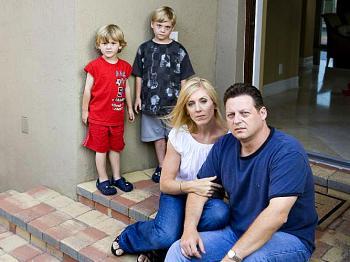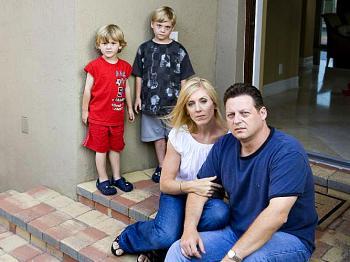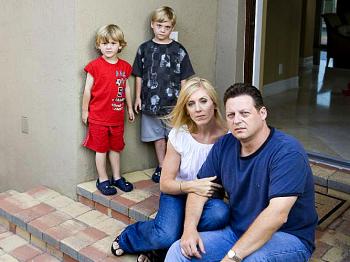Toxic Chinese Drywall, America’s ‘Silent Hurricane’
Homeowners forced out of their homes after getting sick from toxic drywall are losing hope.

OVERWHELMING ODOR: The WIllis's house remains empty with a for sale sign in the front yard. Linda Li/The Epoch Times

Charlotte Cuthbertson
Senior Reporter
|Updated:







